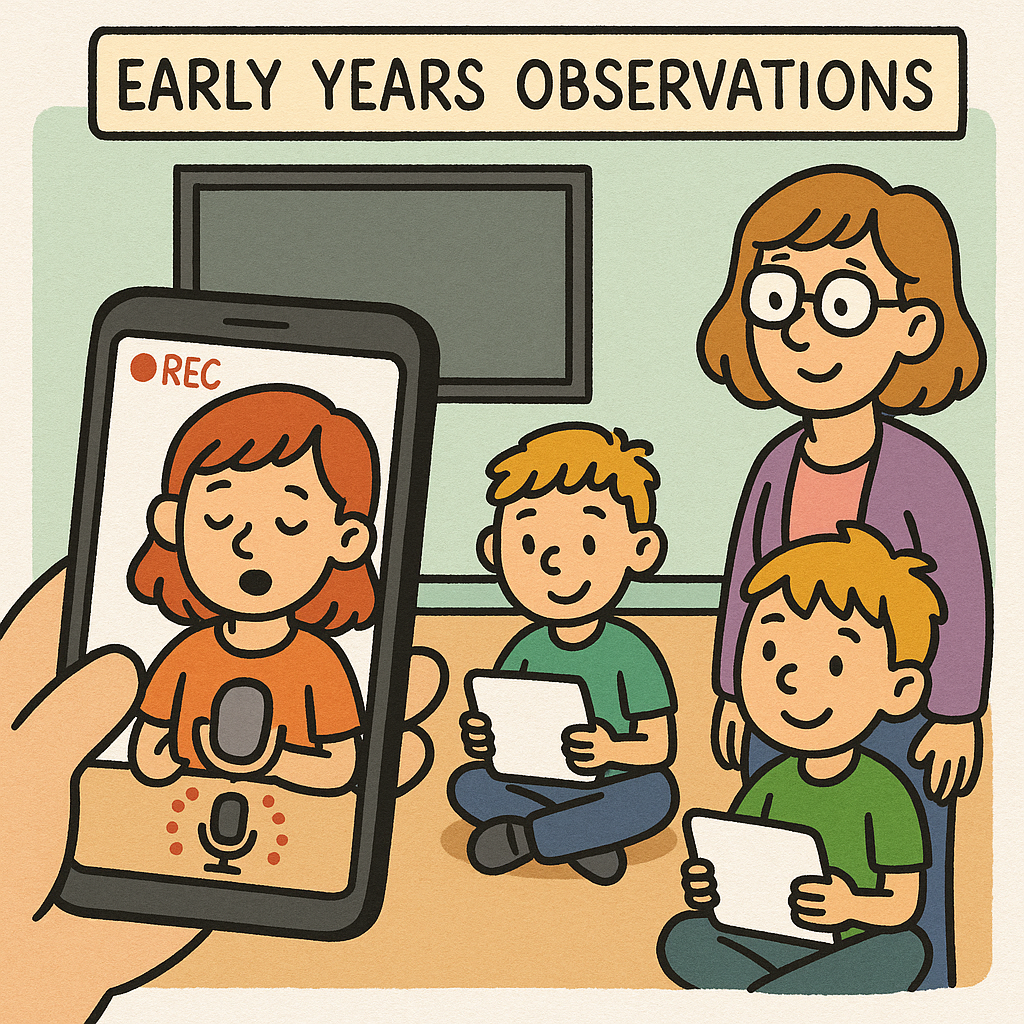Online learning has become increasingly vital to the education sector since the onset of COVID-19, but what lessons can we take from this shift away from the classroom? Like so many other effects of Coronavirus on our society, few could have foreseen the reliance on laptops, virtual learning and study portals from schools, colleges and universities.
With this enormous shift towards students learning at home, have we taken a step closer to eLearning platforms earning their qualifications as the flexible new future of education?
It seems certain that the changes we are experiencing in learning environments will have a lasting impact on academia, with the positives of the shift towards online education resources becoming clear — as well as assessments about what still needs to change to drive effectiveness.
Let’s take a look at how much higher education courses may focus on eLearning and remote learning in the future, especially in the context of the COVID-19 outbreak.
Innovation and Online Learning Systems
In recent years, many schools and universities have successfully moved towards an increased use of Learning Management Systems (LMSs) and Virtual Learning Environment (VLEs). As these platforms have continued to grow and become increasingly common, their evolution provided a fantastic grounding for learning during lockdown.
These digital channels provided a ready-made solution for schools, colleges and universities who needed to reach students online and communicate over long distances. It’s hard to disagree with the idea that without the technological advances available in the education sector, navigating this incredibly difficult situation may have been almost impossible.
From education software all the way through to apps for schools, it’s heartening that there are so many practical and innovative approaches being taken to aid teaching and learning.
Changes to Exams and Qualifications
The sudden and intense escalation of lockdown following the arrival of COVID-19 in the UK led to immediate challenges for teachers and lecturers. One of the most pressing issues was around how to solve the dilemma of exams for students who would ordinarily have been sitting for their written assessments this spring. So how has this unforeseen difficulty been approached?
Examinations in Higher Learning
One way around this dilemma that’s been taken up by institutions including the University of York is sharing exam questions via their VLE and emailing them directly to students. A fixed time frame was given to students to complete the work, which they then completed using a word processor or other software, before submitting their work online to be marked.
Qualifications in Schools and Colleges
In contrast, exam boards for GCSEs, A Levels and AS Levels reached out to schools, colleges and other exam centres, asking them to submit a ‘centre assessment grade’ for students in each of their subjects. Essentially, that meant asking for predictions of the grades they would likely have achieved, based on evidence such as classwork, non-exam assessments and mock exams results.
Both of these approaches reveal fascinating possibilities for the future, showing signs of how the education sector can adapt quickly — with technology often leading the way. It will be fascinating to see how the education sector builds on these new ways of working, as well as observing what other noteworthy innovations arise.
Boosting Students’ Access to Digital Texts
One way publishers have been able to help learners during the pandemic is by giving university libraries increased access to online texts. This is a boost to both students and lecturers, helping to ensure everyone has the necessary resources to ease the disruption to their studies. It wouldn’t be a surprise to see expanded access to digital books and journals continue for some time to come.
The library at King’s College London shows one example of this process in action. Although their website makes clear this is a temporary solution, a telling paragraph advises students that any feedback received about the extra availability of resources is ‘useful and can feed into future decisions’. This shows how shifting approaches brought on by necessity could lead to outcomes with the potential for great positive change.
Ensuring Equality to Address the ‘Digital Divide’
An important consideration as we move towards increased levels of online learning is making sure everyone can access the tools and resources they need. Universal access to fast broadband is an idea that has gained increased traction during lockdown, with plans put in place between BT and the Department of Education to temporarily provide free broadband access to disadvantaged young people, so they can study online.
A further issue to consider is the possibility of making equipment like laptops available, helping to make sure everyone is able to access online learning resources and no-one is left behind. The UK government has already put plans in place for distributing equipment to vulnerable and disadvantaged pupils, which is a truly encouraging step.
There are clear signs that the future of education is increasingly virtual, and it’s essential that we continue to build at scale to create a level playing field for students of all backgrounds.
How do you see the future of teaching changing in the current circumstances? Do you have any examples of inspiring successes that involve using technology to benefit students? Get in touch with us on Twitter or LinkedIn to share your stories.







